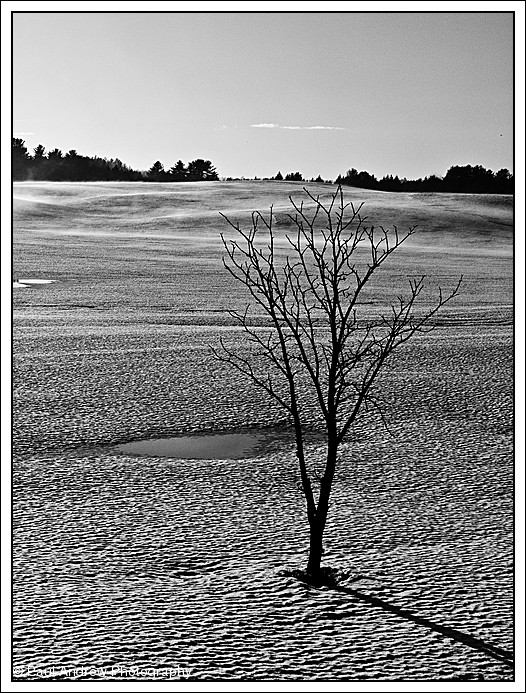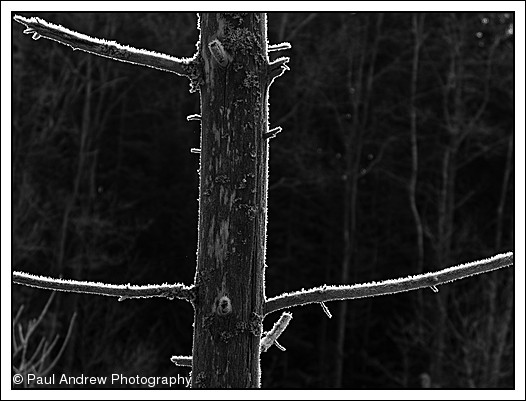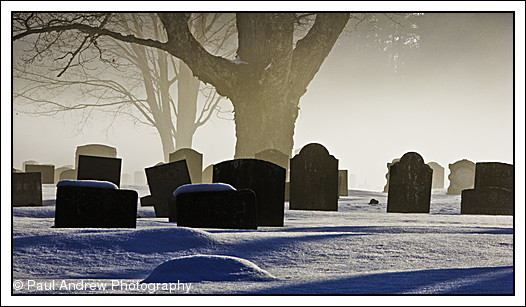The Canon G9: Inspired by a new Camera
Like many photographers, I primarily use a digital SLR (1D Mark II) and I have attempted to carry the camera with me wherever I go. The problem is that my full “kit” weighs about 18 kg and to carry it with me everywhere becomes a bit cumbersome. Even if I just carry a 24-70 mm lens, it’s a heavy camera to tote along, especially hanging around one’s neck. I’ve been keeping my eye out for a good compact camera that shoots RAW and that I can carry with me everywhere I go. Although it’s not perfect, the Canon G9 is the closest affordable solution that I’ve found. What follows is a brief report on the camera from my own biased viewpoint.
First, I should say that from September to May, I don’t have the luxury of extended photographic adventures as I am busy teaching physics (or at least attempting to do so) at the University of Southern Maine. I have to wait until the summer to be able to devote large blocks of time to photography; and even then, with a wife and two young girls, I often have to integrate photography into my time with the family. This has driven my desire to have a small high quality camera that I can take with me anywhere at the drop of a hat.

December 25, Popham Beach, ME
I’m not going to talk about all the positive (there are many) and negative (a couple) features of the G9, (see Uwe’s other G9 Diary entries) or Nick Devlin's article for more technical details) but rather what it has done for my photography.
For starters, I’m simply taking more pictures because it’s easy to carry this camera with me, and its unobtrusive in a manner that a 1D just isn’t. Although I’ve had my 1D for several years now, I’ve only taken around 8000 frames with it, mostly landscapes. In the 5 months I’ve had the G9, I’ve taken almost 1600 photographs. I take the G9 everywhere, when I walk the dog, go to the sledding hill with my kids, when I drive to work, even when I go to the grocery store.
As a result of carrying the camera with me, I end up seeing and thinking photographically much more often (Thinking photographically while driving on snow covered Maine roadways can be a dangerous activity!). As has been said, the only good camera is one that is with you when you need it. The G9 fills this niche very nicely for me.

Lone tree, Brunswick, ME
The above image (Lone Tree, Brunswick, ME) was taken on my way to the town library, there was a beautiful mist and sharp late afternoon light over a snow covered field. I pulled over to the side of the road and handheld this picture far above my head (my tripod was not tall enough to get the vantage point I wanted) and composed using the G9’s LCD. The combination of short exposure time and image stabilization made for a sharp picture. This small version doesn’t do justice to the richness of texture in the full image. I couldn’t have made it with my 1D Mark II (without a ladder!).
One aspect of the G9 that I was initially apprehensive about was the poor quality of the viewfinder. Going from a 1D to a G9 the viewfinder experience leaves much to be desired. And, if you shoot with a Lensmate adapter, the G9’s built in viewfinder is significantly obscured. There are two solutions to this. First, you can use a Voigtlander 35 mm finder in the G9’s hot shoe. At the wide angle setting (which is what the G9 starts out at when turned on), the crystal clear bright Voigtlander finder is a pleasure to use, and for quick candid street photography, I find it preferable to using the LCD.
The second solution is to use the LCD for composition. It’s big, bright, and gorgeous. And, for landscape photography, I have really come to appreciate the relative comfort it provides for composing shots. Also, I find that I can visualize what the final print will look like on the LCD with more ease than through a viewfinder. I’m not saying that it’s better than looking through a beautiful “L” lens on a 1D, but there are some benefits that I did not expect.
One of these benefits is that the LCD can be set to display live black and white images ( I always shoot RAW, so the LCD display doesn’t effect anything but the preview the camera makes), and as a result, I’ve found I like this feature immensely. Viewing in black and white seems to help me see composition and tonality with more ease, and I’ve grown to appreciate greyscale images. Part of my interest in black and white imagery these days is due to the relative lack of tonality in the long Maine winter--I suspect when spring arrives, I will be shooting much more color imagery.

Early Morning Frost, Brunswick, ME
So, I’ll end here with two comments.
First, I am extremely pleased with the G9. I’d like to see the improvements (that others have mentioned) in the next generation version such as a bigger sensor, better viewfinder, and a much smaller shutter lag; but for now, I’m a happy customer.
Second, I think there is a potential downside to bringing a camera everywhere, and it is what Susan Sontag points out in her book On Photography; we can end up seeing the world as if it is something to be captured, and there is the rather ironic danger of not seeing things as they are. The camera is not just a camera, but its constant presence affects the way our mind interacts with the world. Let’s not forget to appreciate the beauty and complexity of the world even while we set out to create a photograph. It’s a bit of a photographer’s koan.

January Thaw, Freeport, ME
|

